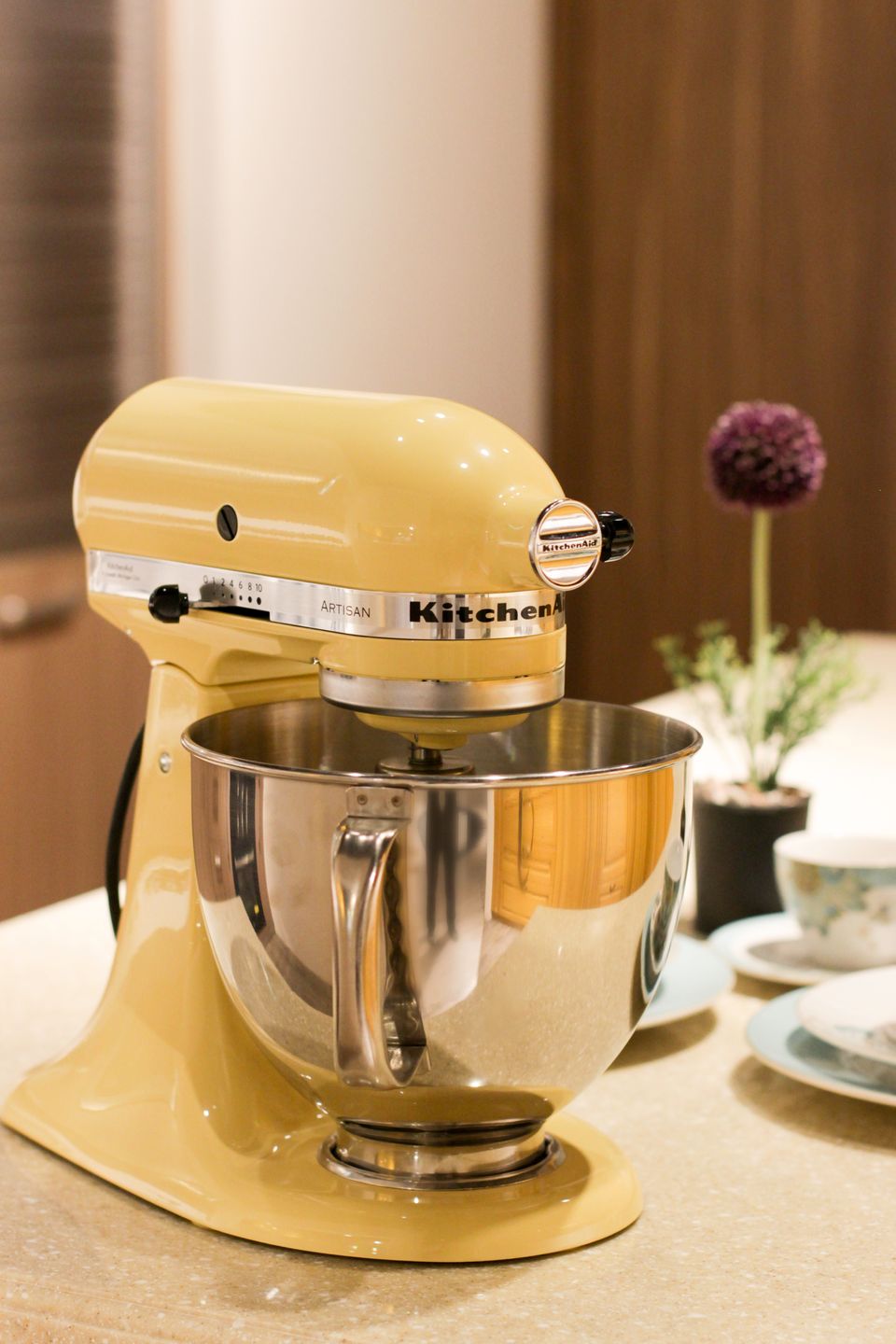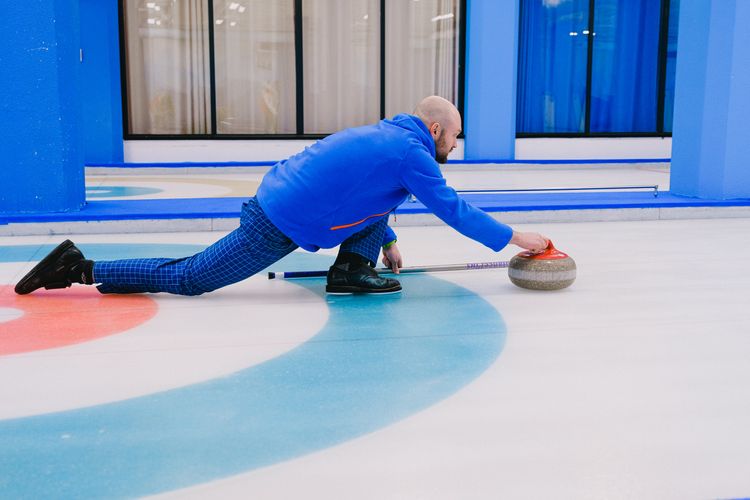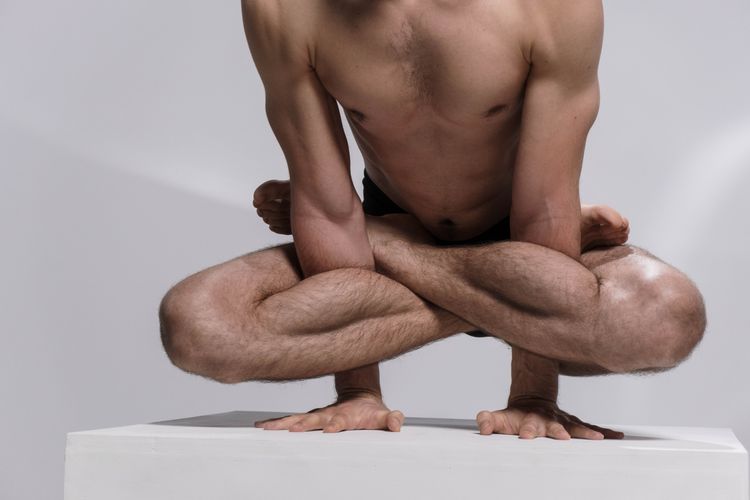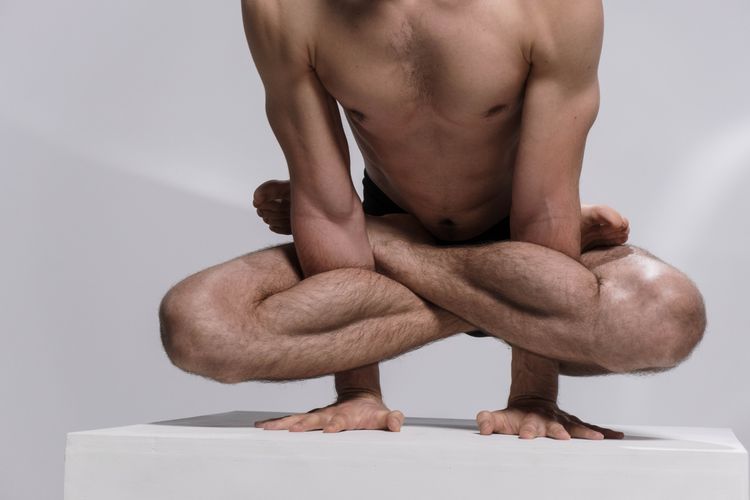PT Crab 🦀 Issue 140 - Let’s mix it up

Let’s make NMES better, shall we?
The Gist - You use NMES, I use NMES, we all wumbo. And if you get that reference, then you’ll also know that smelly smell that smells smelly. But anyway, this one came up because I’m working with someone who had a patella repair recently (it broke into three pieces, ouch!) and she’s got some serious quad lag. So yea, we’re looking at using NMES. But I figured I’d try to do it well, so I looked into this 2021 paper from Exercise Sports Science Reviews. A global group of researchers got together to talk about ways to enhance adaptations to NMES and came up with some ideas. We’ll start simple and increase in complexity as we go.
First off, pulse durations and frequency. The common approach is short, biphasic pulses at 30-50Hz, according to the paper. But what if you change it up? They recommend trying out wider pulses at higher frequencies, while remembering that this can lead to earlier fatigue, it could lead to better muscle engagement too. They’re talking pulse durations of 0.5 - 1.0ms and frequencies of 80-100Hz.
The other simple approach they discuss is not placing electrodes on muscle bellies, but rather on nerve trunks. This is only feasible in a few areas, but could provide better, more complete stimulation of the muscle. In fact, this is how the first NMES was applied to increase dorsiflexion in folks with foot drop. Pursuant to that, the paper discusses a couple of areas where you could put leads: femoral nerve trunk, fibular nerve, and tibial nerve. So give that a shot if you want.
Tell Me More - There are some other ideas that are more complex to set up too. One of them is distributed NMES, where you use multiple electrodes spread all over the muscle and on synergists as well, then the currents are rotated through electrodes. This would be tough to set up in clinic, since you’d probably need two machines running at the same time, but is has been shown to produce contractions that reduce fatigue by 25%, so it may be worth your time.
Lastly, the researchers discuss adding BFR to NMES, attempting to increase the neuromuscular fatigue. I’m going to assume you’re already familiar with BFR, so let’s just talk about combining it with NMES. BDF has been shown to assist in the recruitment of type II muscle fibers at lower intensities, helping upregulate hypertrophic pathways. The researchers cite a study that showed that recreationally active people receiving a combo of BFR and NMES gained more muscle than those using either BFR or NMES alone, but this hasn’t been tested on injured folks.
There are a couple more approaches in the paper that I didn’t add here, so if you’re interested, give it a look. If not, don’t. I don’t care.
Paper? So you are interested? Okay, here it is. Open access too.
Here's this week's bibliography:
- Blazevich, A. J., Collins, D. F., Millet, G. Y., Vaz, M. A., & Maffiuletti, N. A. (2021). Enhancing Adaptations to Neuromuscular Electrical Stimulation Training Interventions. Exercise and Sport Sciences Reviews, 49(4), 244. https://doi.org/10.1249/JES.0000000000000264
- Powell, J. K., Costa, N., Schram, B., Hing, W., & Lewis, J. (2023). “Restoring that Faith in my Shoulder”: A Qualitative Investigation of how and why Exercise Therapy Influenced the Clinical Outcomes of Individuals with Rotator Cuff-Related Shoulder Pain. Physical Therapy, pzad088. https://doi.org/10.1093/ptj/pzad088
- Stein, A., Sauder, S. K., & Reale, J. (2019). The Role of Physical Therapy in Sexual Health in Men and Women: Evaluation and Treatment. Sexual Medicine Reviews, 7(1), 46–56. https://doi.org/10.1016/j.sxmr.2018.09.003






Comments
Want to leave a comment and discuss this with your fellow PTs? Join PT Crab and get summarized PT research in your inbox, every week.